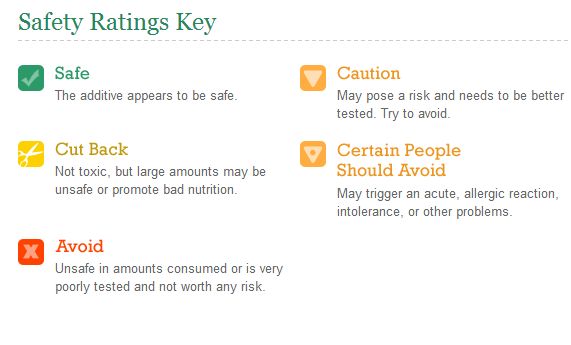
Splenda Goes From ‘SAFE’ to ‘CAUTION’ After Leukemia Found in Mice
Global Research Report
The Center for Science in the Public Interest is downgrading sucralose, the artificial sweetener better known by the brand name Splenda, in its Chemical Cuisine guide to food additives. The nonprofit food safety watchdog group had long rated sucralose as “safe,” but is now placing it in the “caution” category pending a review of an unpublished study by an independent Italian laboratory that found that the sweetener caused leukemia in mice. The only previous long-term feeding studies in animals were conducted by the compound’s manufacturers.
A recent study, done at an independent Italian laboratory has indicated that when mice were fed with Splenda regularly, they developed leukemia. This evidence, on top of the long list of studies discouraging the use of Splenda, is a major reason the FDA has changed its safety rating.
A 2002 study showed that Splenda ingestion damaged the DNA of mice. DNA damage can be a cause of cancer in many cases. In a 2008 study, researchers reported that Splenda ingestion had the potential to kill off necessary bacteria in the gastrointestinal tract. Killing this bacteria can often lead to disorders like irritable bowel syndrome, as this bacteria often helps with digestion and fights off invaders. In this unpublished study, researchers found that the sucralose can cause leukemia in mice who are exposed before birth.
CSPI’s Chemical Cuisine gives the artificial sweeteners saccharin, aspartame, and acesulfame potassium ”avoid” ratings, the group’s lowest. CSPI considers rebiana, a natural high-potency sweetener obtained from stevia, to be “safe,” though deserving of better testing.

- See more at: http://globalresearchreport.com/2014/01/20/splenda-goes-from-safe-to-caution-after-leukemia-found-in-mice/?utm_source=feedburner&utm_medium=email&utm_campaign=Feed%3A+globalresearchreport+(Global+Research+Report)#sthash.uwxWilaW.eV60G35X.dpuf
